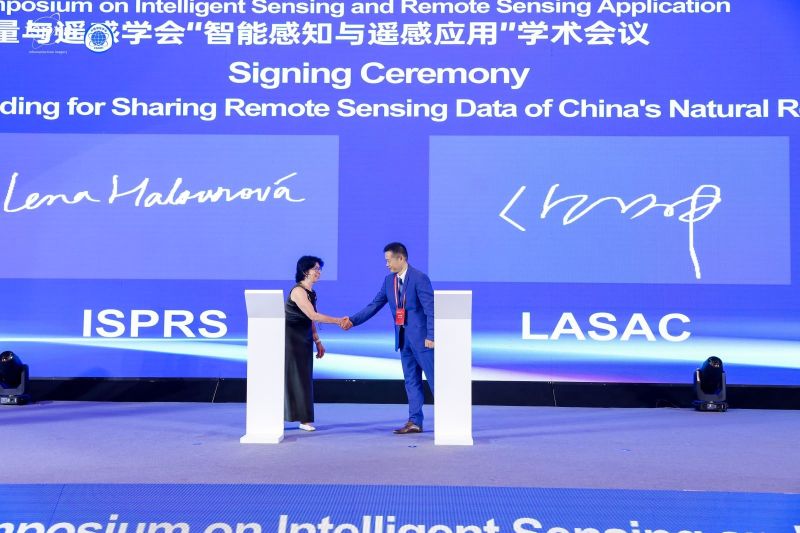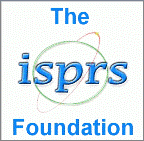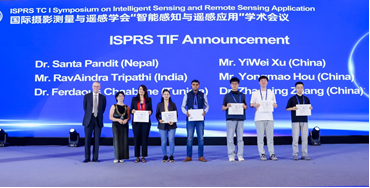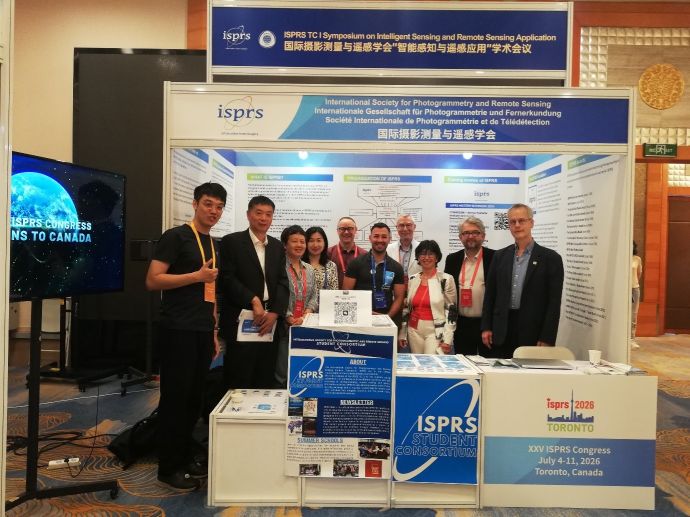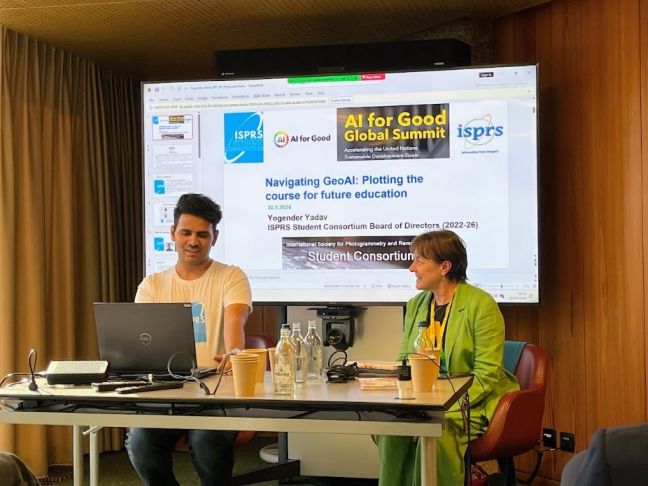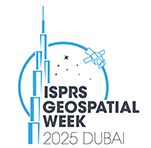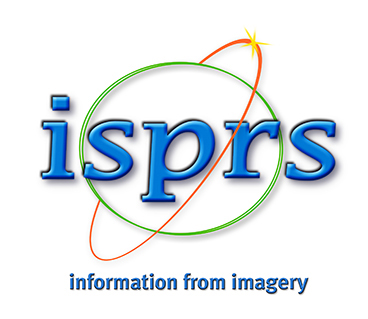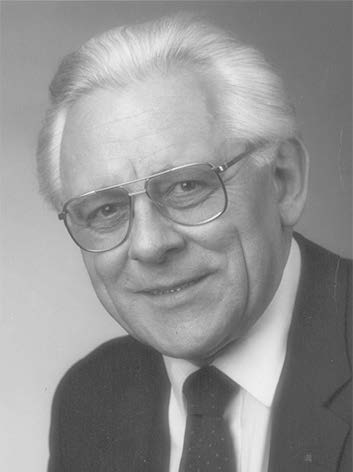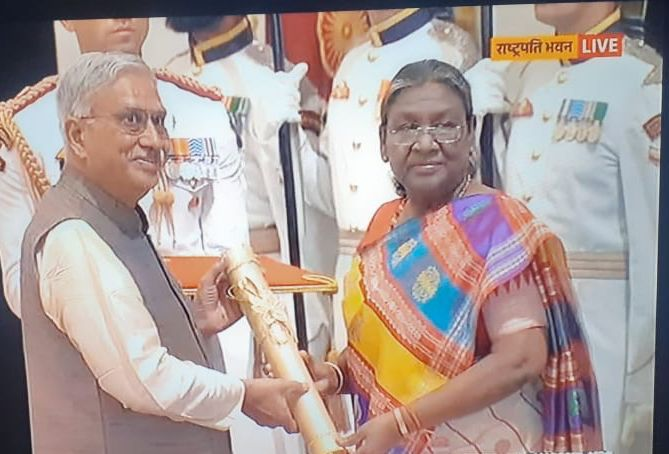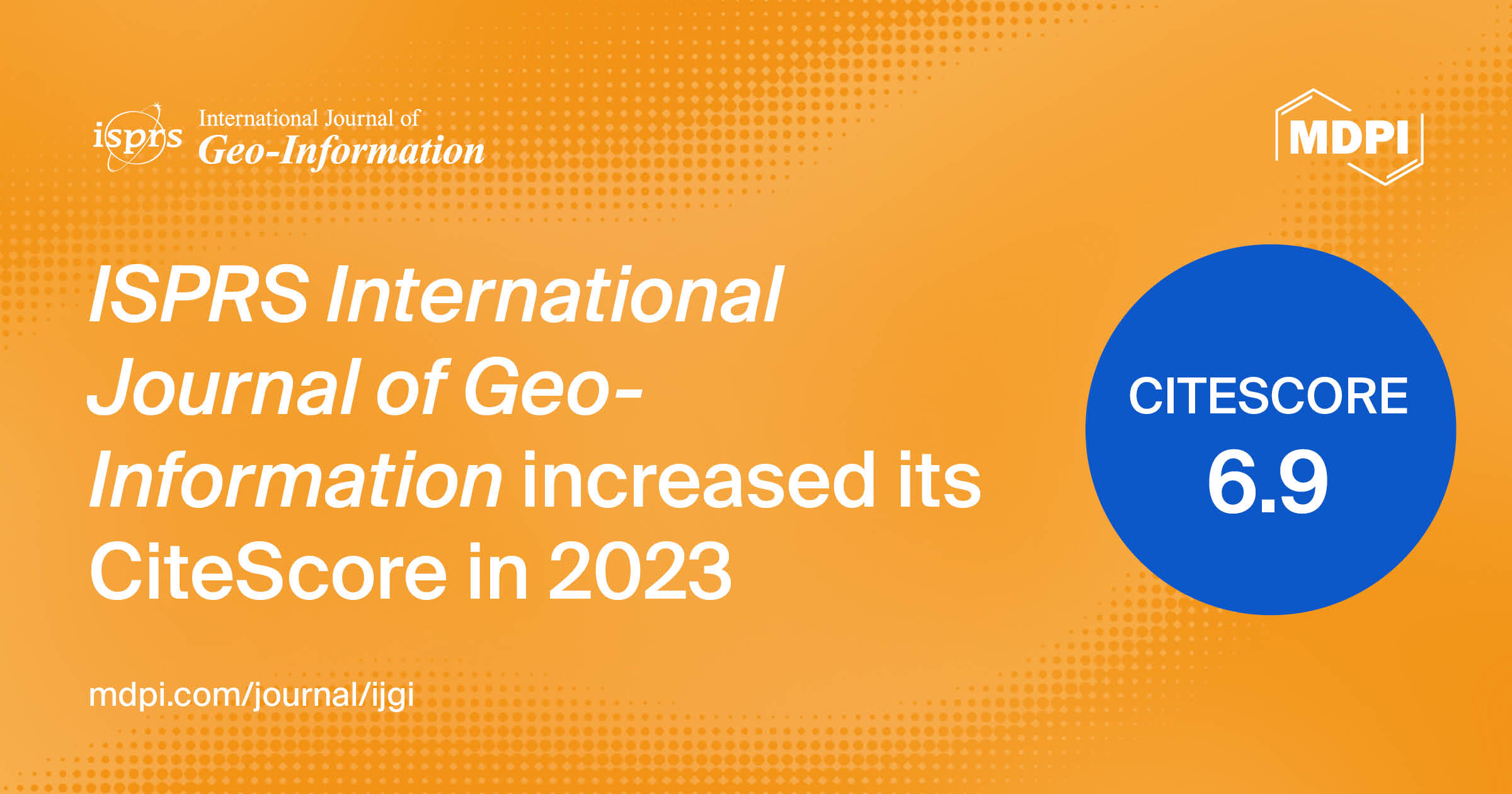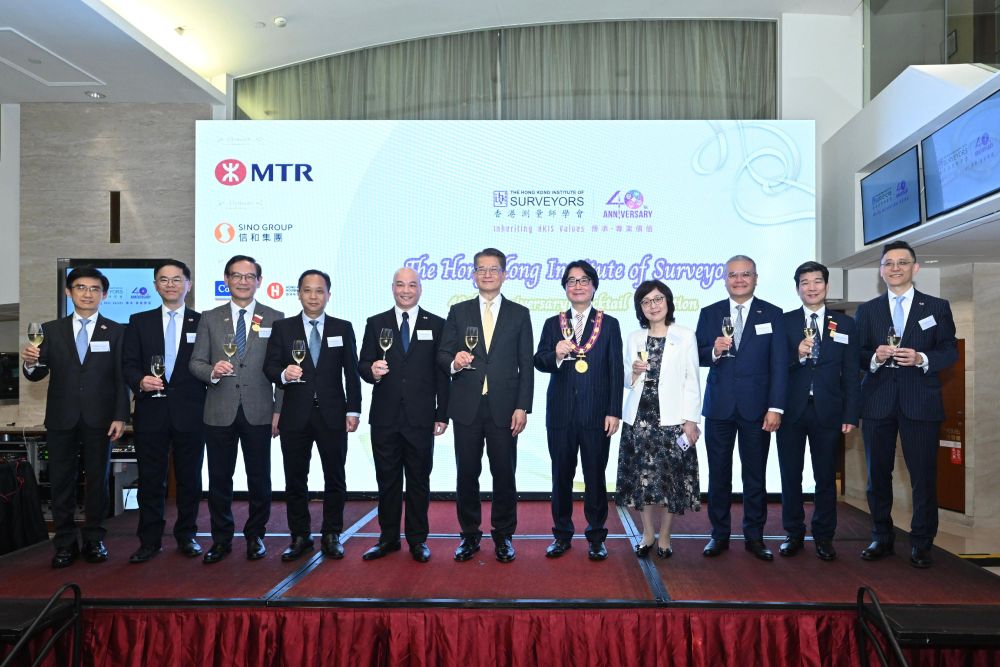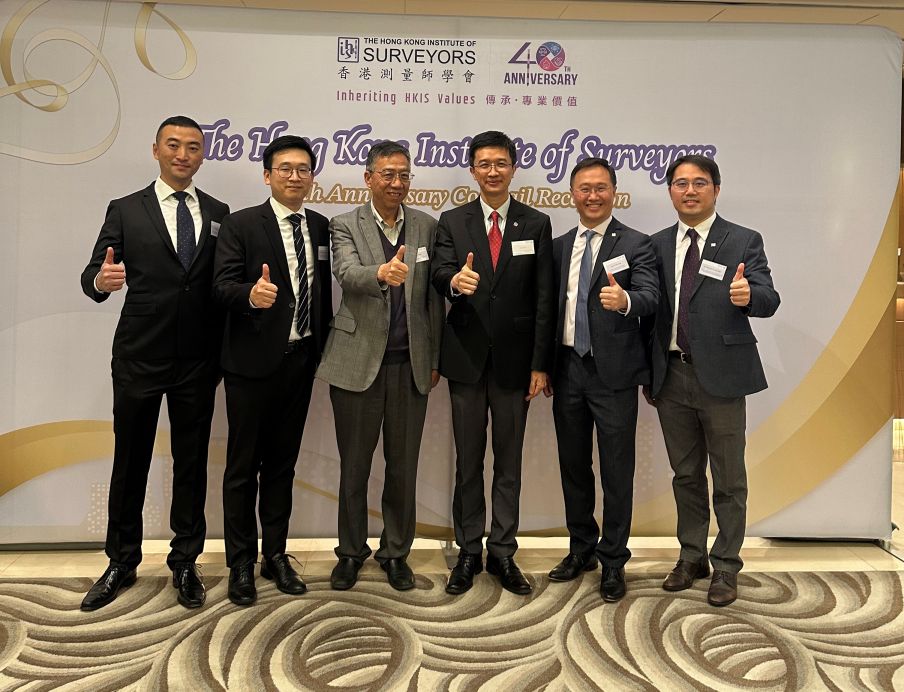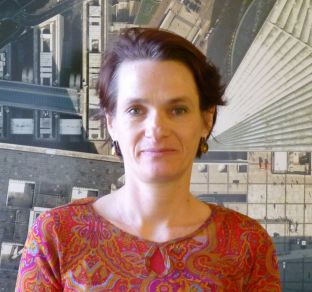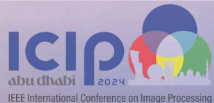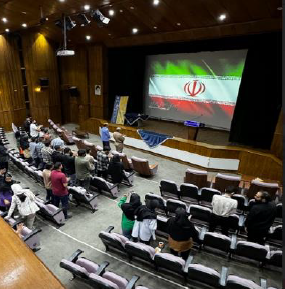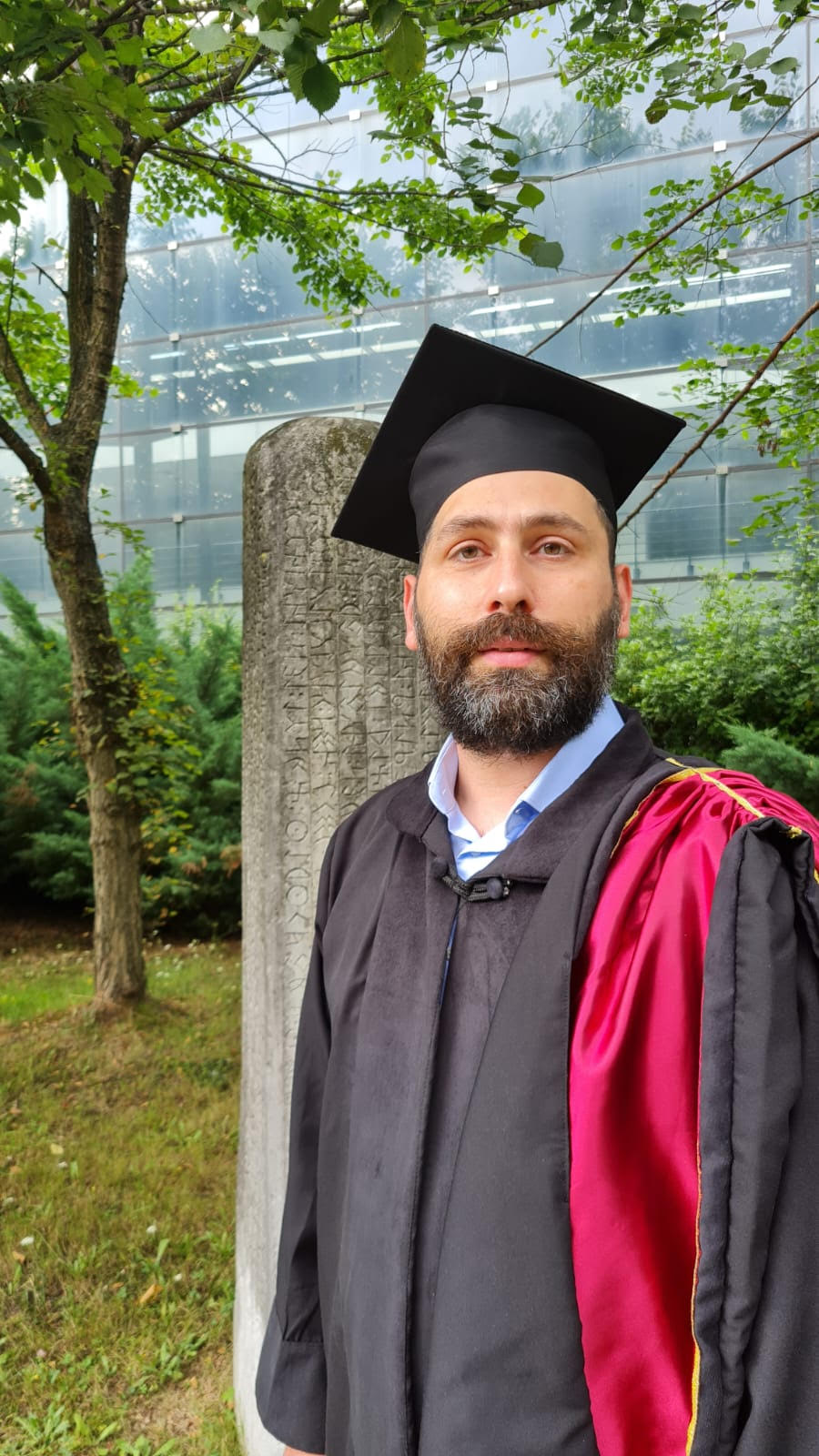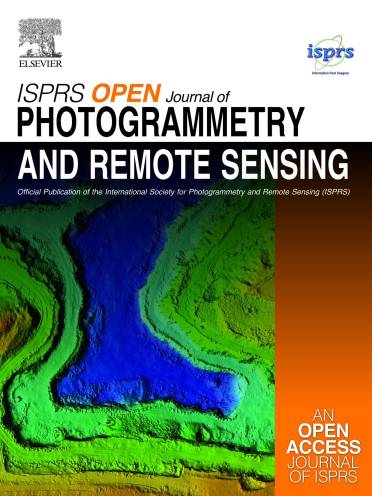Reconstruction of 3D Information of Buildings from Single-View Images Based on Shadow Information
Li, Zhixin, Ji, Song, Fan, Dazhao, Yan, Zhen, Wang, Fengyi, Wang, Ren
No: 62
A Spatial Regression Model for Predicting Prices of Short-Term Rentals in Athens, Greece
Iliopoulou, Polixeni, Krassanakis, Vassilios, Misthos, Loukas-Moysis, Theodoridi, Christina
No: 63
Learning Universal Trajectory Representation via a Siamese Geography-Aware Transformer
Wu, Chenhao, Xiang, Longgang, Chen, Libiao, Zhong, Qingcen, Wu, Xiongwei
No: 64
Supporting Asset Management with GIS and Business Intelligence Technologies: The Case Study of the University of Turin
Gasbarri, Paola, Accardo, Daniele, Cacciaguerra, Elisa, Meschini, Silvia, Tagliabue, Lavinia Chiara
No: 65
Spatial and Temporal Changes in Social Vulnerability to Natural Hazards in Mexico
León-Cruz, José Francisco, Romero, David, Rodríguez-García, Hugo Ignacio
No: 66
Framing VRRSability Relationships among Vulnerability, Risk, Resilience, and Sustainability for Improving Geo-Information Evaluations within Geodesign Decision Support
Nyerges, Timothy, Gallo, John A., Reynolds, Keith M., Prager, Steven D., Murphy, Philip J., Li, Wenwen
No: 67
Spatial Correlation between the Changes in Supply and Demand for Water-Related Ecosystem Services
Jiang, Yuncheng, Ouyang, Bin, Yan, Zhigang
No: 68
Cartographic Metadata for Improving Accessibility and Facilitating Knowledge Extraction and Validation in Planetary Mapping Based on Remote-Sensing Observations
van Gasselt, Stephan, Naß, Andrea
No: 69
Functional Method for Analyzing Open-Space Ratios around Individual Buildings and Its Implementation with GIS
Okabe, Kayo, Okabe, Atsuyuki
No: 70
Multi-Scale Non-Local Spatio-Temporal Information Fusion Networks for Multi-Step Traffic Flow Forecasting
Lu, Shuai, Chen, Haibo, Teng, Yilong
No: 71
Enhanced Seamless Indoor–Outdoor Tracking Using Time Series of GNSS Positioning Errors
Angelats, Eduard, Gorreja, Alban, Espín-López, Pedro F., Parés, M. Eulàlia, Malinverni, Eva Savina, Pierdicca, Roberto
No: 72
Method for the Identification and Classification of Zones with Vehicular Congestion
Reyes, Gary, Tolozano-Benites, Roberto, Lanzarini, Laura, Estrebou, César, Bariviera, Aurelio F., Barzola-Monteses, Julio
No: 73
Exploring Forest Fire Dynamics: Fire Danger Mapping in Antalya Region, Türkiye
Atalay, Hatice, Dervisoglu, Adalet, Sunar, Ayse Filiz
No: 74
Bayesian Shared Component Spatial Modeling for Assessing the Shared and Age Group-Specific Mental Health Disorder Risk of Young and Old Age Groups: A Case Study of Toronto Neighborhoods, Canada
Abdullah, Abu Yousuf Md, Law, Jane
No: 75
Identifying Spatial Determinants of Rice Yields in Main Producing Areas of China Using Geospatial Machine Learning
Wang, Qingyan, Sun, Longzhi, Yang, Xuan
No: 76
Superblock Design and Evaluation by a Microscopic Door-to-Door Simulation Approach
Nguyen, Ngoc An, Schweizer, Joerg, Rupi, Federico, Palese, Sofia, Posati, Leonardo
No: 77
A Knowledge-Guided Intelligent Analysis Method of Geographic Digital Twin Models: A Case Study on the Diagnosis of Geometric Deformation in Tunnel Excavation Profiles
Liang, Ce, Zhu, Jun, Zhang, Jinbin, Zhu, Qing, Lu, Jingyi, Lai, Jianbo, Wu, Jianlin
No: 78
Hourly PM2.5 Concentration Prediction Based on Empirical Mode Decomposition and Geographically Weighted Neural Network
Chen, Yan, Hu, Chunchun
No: 79
Smart Urban Cadastral Map Enrichment—A Machine Learning Method
Hajiheidari, Alireza, Delavar, Mahmoud Reza, Rajabifard, Abbas
No: 80
What Local Environments Drive Opportunities for Social Events? A New Approach Based on Bayesian Modeling in Dallas, Texas, USA
Yang, Yalin, Wu, Yanan, Yuan, May
No: 81
Spatial Patterns and the Evolution of Logistics Service Node Facilities in Large Cities—A Case from Wuhan
Lu, Jie, Luo, Jing, Tian, Lingling, Tian, Ye
No: 82
A Novel and Extensible Remote Sensing Collaboration Platform: Architecture Design and Prototype Implementation
Gao, Wenqi, Chen, Ninghua, Chen, Jianyu, Gao, Bowen, Xu, Yaochen, Weng, Xuhua, Jiang, Xinhao
No: 83
Modeling Shallow Landslide Runout Distance in Eocene Flysch Facies Using Empirical–Statistical Models (Western Black Sea Region of Türkiye)
Komu, Muge Pinar, Nefeslioglu, Hakan Ahmet, Gokceoglu, Candan
No: 84
Enhancing Maritime Navigational Safety: Ship Trajectory Prediction Using ACoAtt–LSTM and AIS Data
Li, Mingze, Li, Bing, Qi, Zhigang, Li, Jiashuai, Wu, Jiawei
No: 85
Distinguishing the Intervalley Plain from the Intermountain Flat for Landform Mapping Using the Sightline Algorithm
Yan, Ge, Tang, Guoan, Lu, Dingyang, Ma, Junfei, Yang, Xin, Li, Fayuan
No: 86
Crossing Boundaries: The Ethics of AI and Geographic Information Technologies
Oluoch, Isaac
No: 87
Knowledge Graph Representation of Multi-Source Urban Storm Surge Hazard Information Based on Spatio-Temporal Coding and the Hazard Events Ontology Model
Lei, Xinya, Wang, Yuewei, Han, Wei, Song, Weijing
No: 88
Similarity Measurement and Retrieval of Three-Dimensional Voxel Model Based on Symbolic Operator
He, Zhenwen, Liu, Xianzhen, Zhang, Chunfeng
No: 89
ConvTEBiLSTM: A Neural Network Fusing Local and Global Trajectory Features for Field-Road Mode Classification
Bian, Cunxiang, Bai, Jinqiang, Cheng, Guanghe, Hao, Fengqi, Zhao, Xiyuan
No: 90
Simulating Urban Expansion from the Perspective of Spatial Anisotropy and Expansion Neighborhood
Liu, Minghao, Wang, Jianxiang, Luo, Qingxi, Sun, Lingbo, Wang, Enming
No: 91
Quantifying Urban Linguistic Diversity Related to Rainfall and Flood across China with Social Media Data
Qian, Jiale, Du, Yunyan, Liang, Fuyuan, Yi, Jiawei, Wang, Nan, Tu, Wenna, Huang, Sheng, Pei, Tao, Ma, Ting
No: 92
Study on Spatio-Temporal Indexing Model of Geohazard Monitoring Data Based on Data Stream Clustering Algorithm
Li, Jiahao, Song, Weiwei, Chen, Jianglong, Wei, Qunlan, Wang, Jinxia
No: 93
Evaluation of Qualitative Colour Palettes for Tactile Maps
Wabiński, Jakub, Śmiechowska-Petrovskij, Emilia
No: 94
Multiscale Urban Functional Zone Recognition Based on Landmark Semantic Constraints
Xie, Xuejing, Xu, Yongyang, Feng, Bin, Wu, Wenjun
No: 95
Best BiCubic Method to Compute the Planimetric Misregistration between Images with Sub-Pixel Accuracy: Application to Digital Elevation Models
Riazanoff, Serge, Corseaux, Axel, Albinet, Clément, Strobl, Peter A., López-Vázquez, Carlos, Guth, Peter L., Tadono, Takeo
No: 96
A Review of Bayesian Spatiotemporal Models in Spatial Epidemiology
Wang, Yufeng, Chen, Xue, Xue, Feng
No: 97
Spatial Process Analysis of the Evolution of Farmland Landscape in China
Fu, Yan, Qi, Qingwen, Jiang, Lili, Zhao, Yapeng
No: 98
Sustainable and Resilient Land Use Planning: A Multi-Objective Optimization Approach
Sicuaio, Tomé, Zhao, Pengxiang, Pilesjo, Petter, Shindyapin, Andrey, Mansourian, Ali
No: 99
VST-PCA: A Land Use Change Simulation Model Based on Spatiotemporal Feature Extraction and Pre-Allocation Strategy
Liu, Minghao, Luo, Qingxi, Wang, Jianxiang, Sun, Lingbo, Xu, Tingting, Wang, Enming
No: 100
Accuracy Evaluation for Plan-Reliefs and Historical Maps Created during WWI in Northern Italy
Bozzano, Matteo, Sguerso, Domenico, Zatelli, Paolo, Zendri, Davide, Besana, Angelo
No: 101
Dynamics and Predictions of Urban Expansion in Java, Indonesia: Continuity and Change in Mega-Urbanization
Pravitasari, Andrea Emma, Indraprahasta, Galuh Syahbana, Rustiadi, Ernan, Rosandi, Vely Brian, Stanny, Yuri Ardhya, Wulandari, Siti, Priatama, Rista Ardy, Murtadho, Alfin
No: 102
Wetland Classification, Attribute Accuracy, and Scale
Carlson, Kate, Buttenfield, Barbara P., Qiang, Yi
No: 103
A Review of Crowdsourcing Update Methods for High-Definition Maps
Guo, Yuan, Zhou, Jian, Li, Xicheng, Tang, Youchen, Lv, Zhicheng
No: 104
Exploring the Spatiotemporal Effects of the Built Environment on the Nonlinear Impacts of Metro Ridership: Evidence from Xi’an, China
Xi, Yafei, Hou, Quanhua, Duan, Yaqiong, Lei, Kexin, Wu, Yan, Cheng, Qianyu
No: 105



